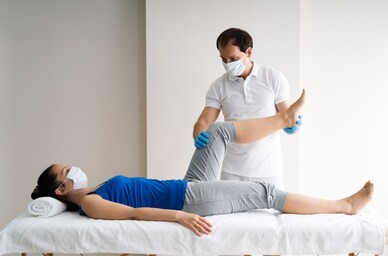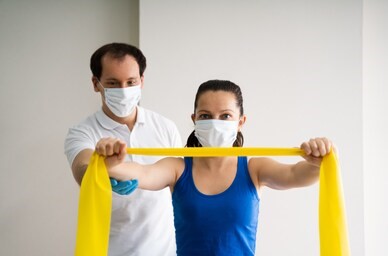articles
 |
 |
Physiotherapists who work in primary healthcare facilities are likely to have a role in the management of patients admitted to hospital with confirmed or suspected COVID-19. Physiotherapy is an established profession. Globally, some physiotherapy specialists who work in acute hospital wards and ICUs. In particular, cardiorespiratory physiotherapists focuses on the management of acute and chronic respiratory conditions and aims to improve physical recovery following an acute illness. Physiotherapy may be beneficial in the respiratory treatment and physical rehabilitation of patients with COVID-19. Although a productive cough is a less common symptom (34%), physiotherapy may be indicated if patients with COVID-19 present with copious airway secretions that they are unable to clear independently which can reduce the need for mechanical ventilation and reduce the duration resulting in more favorable outcomes for patients.
_COVID 19 stages of illness..
Stage A: patients who are ventilated, critically ill, sedated and
Paralyzed. In this stage patients may develop pneumonia characterized by bilateral interstitial infiltrates, with severe hypoxic respiratory failure (ARDS – Acute Respiratory Distress Syndrome) .
The main goal of Physiotherapy intervention at this stage is:
· Facilitating oxygenation through combination of positioning and suction.
- placing the sickest ventilated coronavirus patients on their stomachs -- called prone ventilation positioning - helps increase the amount of oxygen that's getting to their lungs by:
+opening collapsed alveoli
+Reduced lung compression — Lung compression by both the heart and the diaphragm can be favorably affected by prone positioning.
+increasing in cardiac output.
Stage B: patients who are Ventilated-minimally sedated/ on sedation vacation.
The main goals of Physiotherapy interventions intervention at this stage are:
·
